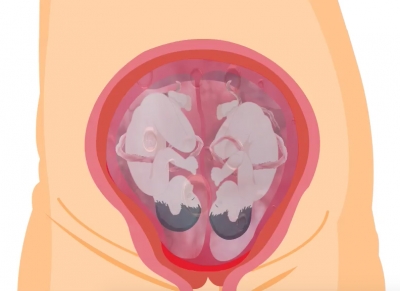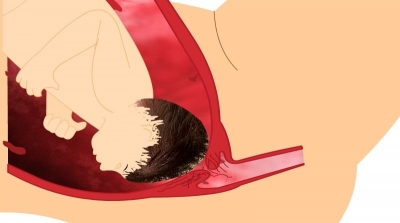Induction of labour is different from augmentation of labour. Augmentation happens when the woman is already in pain, and is in labour, but the labour is not proceeding well i.e - the contractions are not strong enough for the delivery of the baby.
In both these cases before inducing an internal examination is done to assess the cervix. Induction is easier if the cervix is short and soft, described as cervix being ripe, rather than long and firm. The station of the fetal head in the pelvis, that is the position of the baby’s head in the pelvis is also assessed.
If your cervix isn't ripe, Then it can be softened with prostaglandins. These are naturally occurring chemicals that help stimulate contractions. Prostaglandins can also be given in the form of vaginal tablets which are placed at the top of the vagina near the cervix, or a vaginal suppository or an oral pill. This is usually effective, but sometimes prostaglandins fail to soften the cervix.
Once the cervix is softened and dilated, if the amniotic membrane is not ruptured yet, then an Amniotomy, or artificial rupture of the membranes (ARM), is done. This is often referred to as "breaking the water". A thin plastic probe is passed through your cervix and used to make a small hole in the amniotic membranes, which allows some of the fluid around the baby to leak out. This softens the cervix even more and can provoke contractions in the muscular wall of the uterus. If contractions don't become established after ARM, than Syntocinin or Pitocin drip is started.
Oxytocin is a natural hormone that stimulates the uterus, increasing the frequency and strength of contractions. A synthetic form, Syntocinon or Pitocin, is used with the same effect. It's diluted in fluid then dripped into vein in your arm. This is safe and effective when used correctly; however, it must be used with care since excessive contractions can reduce your baby's oxygen supply in labor. Mother’s uterine contractions and the baby's heartbeat will be continuously monitored
Usually, when labor is induced, the chance of an assisted delivery with forceps or vacuum or a cesarean is increased. The reason for intervention with any of the above is usually because the labor may be proceeding too slowly, or that it cannot be started at all, despite all of the steps taken. Interventions like Forceps delivery, vacuum or C-section may have to be done when the well being of the baby or the mother is compromised.
[quix id='8' name='About our Pregnancy Blogs and Videos']






